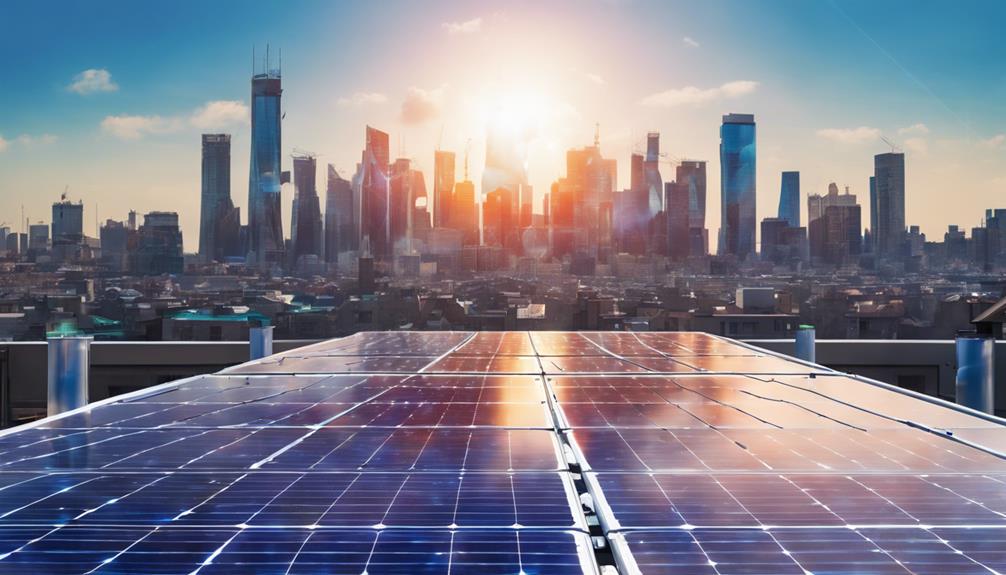
Understanding Solar Panel Mounting: The Basics
Solar panel mounting is a crucial component of any solar energy system, serving as the structural foundation that supports solar panels and optimizes their exposure to sunlight. Proper mounting ensures that solar panels are securely attached to roofs, ground structures, or other surfaces, enhancing their durability and efficiency. The choice of mounting system can significantly influence the amount of energy generated and the overall cost-effectiveness of solar installations. In this guide, we will explore the various aspects of solar panel mounting, including types, benefits, installation processes, and maintenance tips, to help you make informed decisions for your solar energy projects.
Types of Solar Panel Mounting Systems
There are primarily three types of solar panel mounting systems: fixed mounts, adjustable mounts, and tracking mounts. Fixed mounts are the most common type, providing a stable and cost-effective solution for residential and commercial installations. These mounts hold solar panels at a specific angle, usually optimized for seasonal sunlight exposure. Adjustable mounts allow for seasonal angle adjustments, maximizing efficiency throughout the year. Tracking mounts, on the other hand, are advanced systems that follow the sun’s path across the sky, significantly increasing energy production. Understanding these types of solar panel mounting can help you choose the right system for your specific needs, whether for residential use or larger commercial projects.
The Importance of Proper Solar Panel Orientation
The orientation and tilt angle of solar panels play a vital role in their performance. Ideally, solar panels should be installed facing true south in the Northern Hemisphere and true north in the Southern Hemisphere to receive maximum sunlight throughout the day. The tilt angle should also align with the geographic location’s latitude to optimize solar energy capture. Proper orientation and angle can increase energy production by up to 20%, making it essential to consider these factors during the solar panel mounting process. Engaging with a professional installer can ensure that your panels are optimally positioned for maximum efficiency.
Choosing the Right Materials for Solar Panel Mounting
Selecting the right materials for solar panel mounting is critical for longevity and performance. Common materials include aluminum and galvanized steel, both of which offer excellent corrosion resistance and strength. Aluminum is lightweight and easy to install, making it a popular choice for residential systems. Galvanized steel, while heavier, provides enhanced structural integrity for larger systems or installations in windy areas. Additionally, consider the weather conditions in your area; for example, regions prone to heavy snowfall might require reinforced mounts to withstand the load. Investing in high-quality materials will ultimately lead to better energy production and reduced maintenance costs.
Solar Panel Mounting Installation: Best Practices
Installing solar panel mounting systems requires careful planning and execution to ensure safety and efficiency. Begin by conducting a thorough site assessment, considering factors such as shading, roof condition, and structural integrity. Ensure that all mounting equipment is compatible with the solar panels being installed. Follow manufacturer guidelines and local building codes to avoid potential issues. Additionally, it’s advisable to hire experienced professionals for the installation process, as they will possess the necessary skills and knowledge to navigate any challenges that may arise. Proper installation not only enhances the system’s efficiency but also prolongs its lifespan.
Maintenance Tips for Solar Panel Mounting Systems
Regular maintenance of solar panel mounting systems is essential to ensure optimal performance and longevity. Periodic inspections should include checking for loose bolts, rust, or corrosion on metal components, and ensuring that the panels are securely attached. Cleaning the solar panels is also crucial, as dirt and debris can obstruct sunlight, reducing energy production. It’s recommended to clean the panels at least twice a year, or more frequently in dusty areas. Additionally, monitor the system’s performance using a solar production monitoring tool; this will help you identify any potential issues early on. Keeping your solar panel mounting systems well-maintained will maximize your energy output and investment.
The Environmental Benefits of Solar Panel Mounting
Investing in solar panel mounting systems contributes not only to energy savings but also to environmental sustainability. By harnessing solar energy, you reduce reliance on fossil fuels, which in turn decreases greenhouse gas emissions and air pollution. Solar energy systems can lead to significant reductions in carbon footprints, making them a vital part of the global transition towards clean energy. Furthermore, solar panel installations can positively impact local ecosystems by providing green energy solutions that minimize environmental degradation. Understanding the environmental benefits of solar panel mounting can motivate individuals and businesses to adopt renewable energy practices.
Conclusion: Embracing Solar Panel Mounting for a Sustainable Future
In conclusion, solar panel mounting is a fundamental aspect of solar energy systems that cannot be overlooked. From understanding the types of mounting systems to ensuring proper installation and maintenance, each step plays a critical role in maximizing energy production and sustainability. As the world shifts towards renewable energy solutions, embracing solar panel mounting is not just a financial investment; it is a commitment to a sustainable future. By making informed choices and investing in high-quality mounting systems, you can contribute to a greener planet while enjoying the benefits of clean, renewable energy. Whether you are a homeowner, business owner, or an energy enthusiast, taking the time to understand solar panel mounting will empower you to make choices that positively impact both your energy consumption and the environment.





